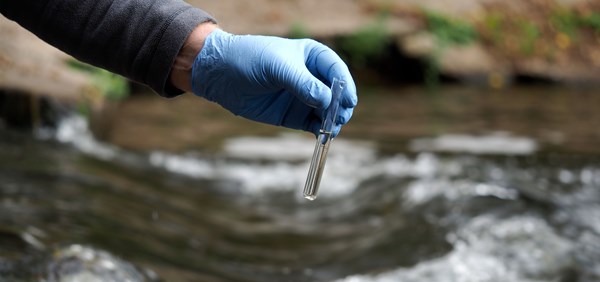Shipping is one of the most heavily regulated industries and was amongst the first to adopt widely implemented international safety standards. Regulations concerning shipping are developed at the global level.
EU MRV and IMO DCS Regulations
Global shipping emissions have risen by 70% in the past 30 years. On that note, the European Union has introduced the MRV Regulation in shipping, which is theMonitoring, Reporting and Verification that collects data on carbon dioxide emissions from maritime transport, based on the fuel consumption of vessels. This regulation, initially proposed in June 2013, and introduced in July 2015, aims to decrease carbon dioxide emissions from shipping, and requires ship owners and operators to annually monitor, report and verify carbon dioxide emissions from ships over 5,000 gross tonnage visiting EY and EFTA (Norway and Iceland) ports. Data is collected on a per voyage basis, starting on 1st January 2018, and applies to commercial transportation of both people and cargo. The regulation will result in publicly available data for over 12,000 ships across the EU.
The reported carbon dioxide emissions will be verified by independent certified bodies such as classification societies, and then sent to a database run by the EMSA (European Maritime Safety Agency). The data will be published by the European Commission by 30th June 2019, and from then on, on an annual basis.
The MRV regulation collects data on vessels’ CO2 emissions (the main greenhouse gas emitted by ships) and their fuel efficiency (using 6 indicators for technical and operational efficiency). Operational efficiency data include the identity of the ship, its annual CO2 emissions, annual fuel consumption, and annual time spent at sea. By making data collection and reporting so transparent, the MRV regulation will promote fuel efficiency.
Therefore, to comply with this new regulation, ship owners and operators must create a monitoring plan for their vessels that are subject to regulation. This should include identification of the ship and shipping company, quality control procedures, identification of emissions sources and description of procedures for monitoring voyages and fuel consumption. The plan is submitted to the verification body, where it is assessed, and then the monitoring can begin. Data is compiled into an annual report, which must be verified by the 30th April 2019 and then sent to the EC and the flag state. The vessel will receive a Statement of Compliance, which should be carried on board the vessel from June 2019 onwards.
There are a few differences between the EU MRV and the IMO fuel data systems. First, the IMO only requires reporting of fuel consumed, whereas the EU MRV regulation requires reporting of the cargo, fuel consumed and carbon dioxide emissions. IMO calculations are verified by the administration, according to national procedures, whereas EU MRV calculations are made by the shipping owners and companies and verified by an accredited body. Finally, the data from the IMO is only available to the IMO and flag states, who share aggregated, anonymized data, whereas the EU data is publicly available, offering greater transparency.
IMO NOx Tier III
The IMO NOx Tier III requirements came into force in the North American and US Caribbean Emission Control Areas (ECAs) from January 1st 2016, and applied to all vessels with keel-laying on or after the 1st January 2016, with an engine output of 130kW or more. If new NOx ECAs take effect (e.g. for the North Sea and Baltic Sea), the Tier III emission limits apply to vessels with keel-laying on, or after, the date when the new NOx ECAs come into force.
For the decrease from NOx Tier II limits to NOx Tier III limits (defined in the IMO MARPOL Annex VI regulation 13), it was stated that NOx emissions had to experience a 75% decrease. This can be achieved through various technologies, such as selective catalytic reduction, exhaust gas circulation, dual fuel engines or pure gas engines, fuel cells or fuel cell hybrid systems and batteries/hybrid.
Vessels with diesel engines need to comply with IMO MARPOL Annex VI regulation 13 and the NOx Technical Code 2008. Every engine needs to have an EIAPP certificate (Engine International Air Pollution Prevention Certificate) that demonstrates compliance of the engine, including technologies to reduce NOx. These certificates are issued by recognized bodies on behalf of the respective flag. The EIAPP Certificate and the NOx Technical File should be kept on board the vessel.
In addition, the IMO has officially set regulations for low Sulphur fuel come 2020. What this means is that Sulphur emission levels will have to fall from the current 3.5% down to 0.5%. The 0.1% limit set in ECA areas will still be in place.


